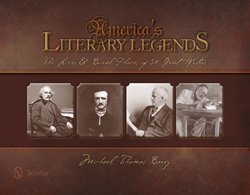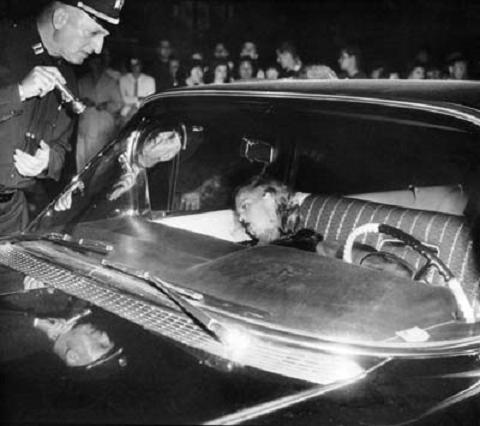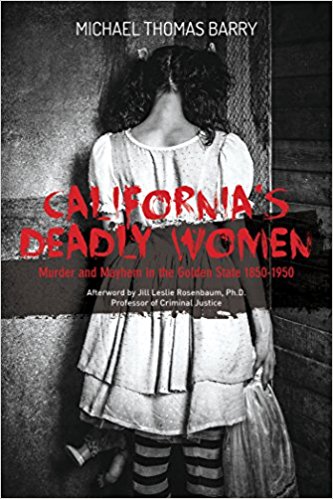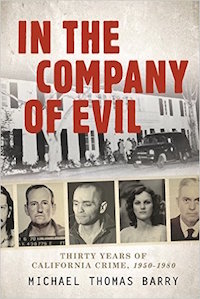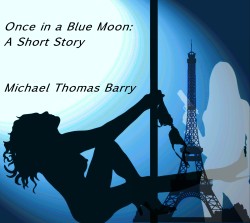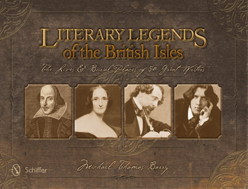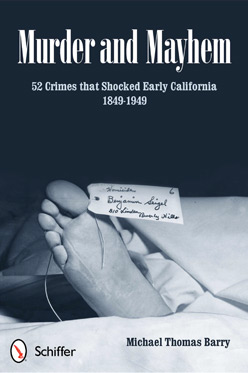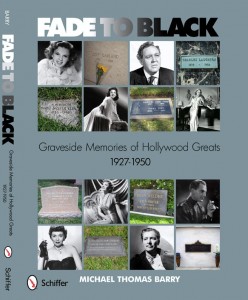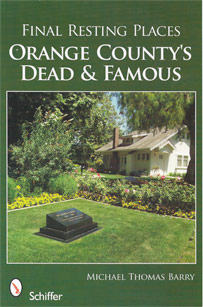10.13
September 19, 2014 – New York Times #1 Best Selling author Dean Koontz commented on my upcoming book America’s Literary Legends: The Lives a& Burial Places of 50 Great Writers.
“This delectable compendium of authors” lives and final resting places is highly entertaining, informative, and beautifully illustrated. Although it deals with literary celebrity, in a quite way the book recommends humility as the sane response to fame.”

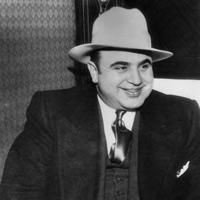
![ginsberg[1]](https://michaelthomasbarry.com/wp-content/uploads//2014/10/ginsberg1.jpg)

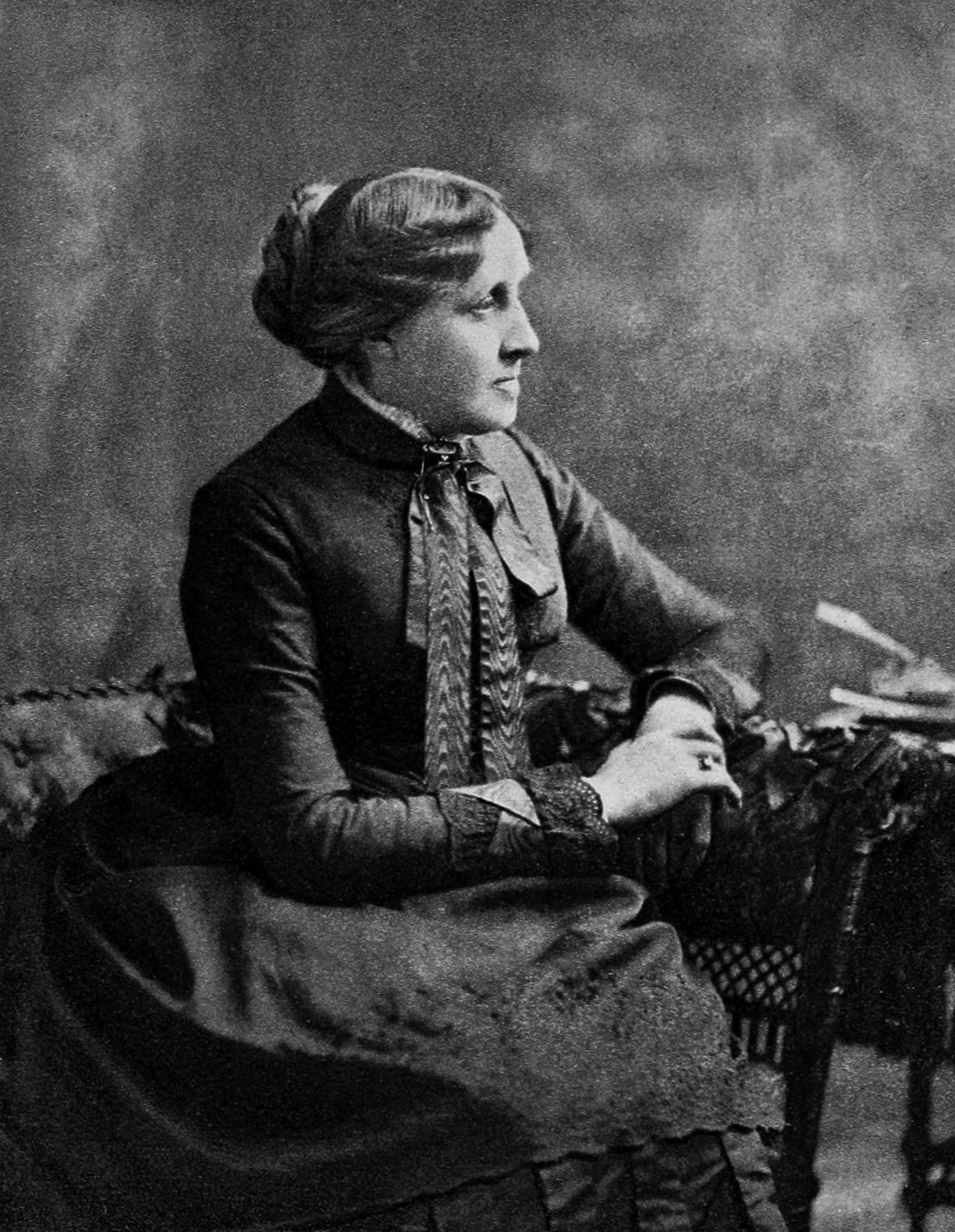
![amanda-knox-07_673c5c4d9c267ba5f8b2ecc1740c96d0[1]](https://michaelthomasbarry.com/wp-content/uploads//2014/09/amanda-knox-07_673c5c4d9c267ba5f8b2ecc1740c96d01-e1412008718241.jpg)

![koontzannapup[1]](https://michaelthomasbarry.com/wp-content/uploads//2014/09/koontzannapup1.jpg)
